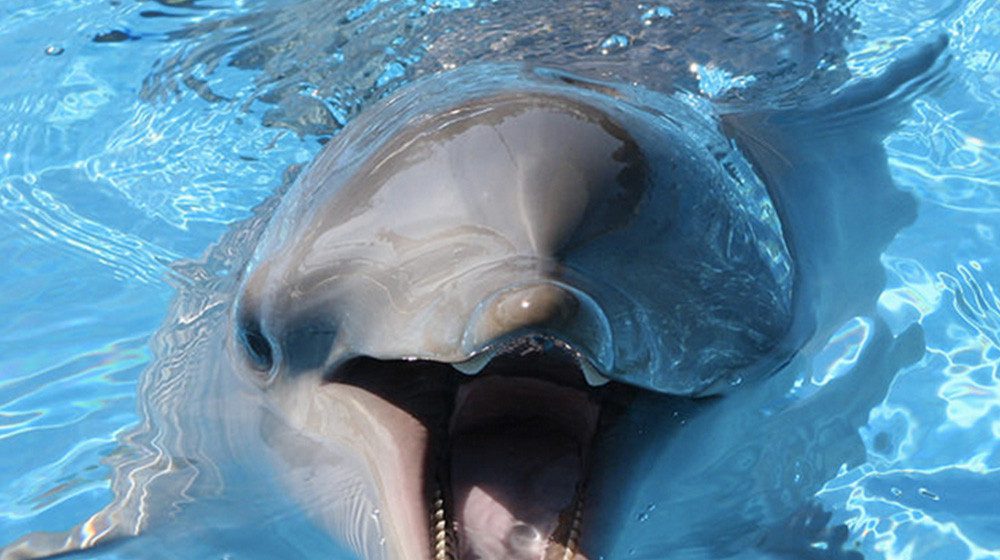Queensland’s leaders are under pressure to ban captive dolphin breeding after the last breeding program in NSW announced it would end its highly scrutinised operations.
Dolphin Marine Conversation Park in Coffs Harbour confirmed this week that it would shut its captive dolphin breeding program in favour of transforming into a rehabilitation and rescue model.
The five dolphins currently in the park’s captivity will be the last.
Terry Goodall, Dolphin Marine Conversation’s Managing Director, said in an online statement that the aim is to transform the business into more of a sanctuary, which with the help of Action for Dolphins and World Animal Protection, could include seaside education and rescue operations.
The news was welcomed by animal rights activities who noted Dolphin Marine Conversation Park’s decision left Australia with only two captive dolphin venues, including Sea World on the Gold Coast where over 30 dolphins are believed to be living in tanks.
Ben Pearson, Senior Campaign Manager for World Animal Protection, said the tide against marine mammal captivity for entertainment was rising and it was time the Queensland Government intervened and put an end to dolphin imprisonment.
“We want these dolphins at Sea World to be the last generation kept captive in Queensland. No more dolphins should be given a life sentence in captivity simply to entertain tourists.”
Ben Pearson, World Animal Protection Senior Campaign Manager
According to the animal protection group, dolphins in captivity are often left to suffer in “small, barren and chlorinated pools” for up to 50 years. These are cruel living conditions for an intelligent mammal that would swim up to 00km in a day and deep dive hundreds of metres in the wild.
“We’re asking the Queensland Government and Sea World to begin investigating the possibility of a sea sanctuary to allow the dolphins to live out their lives in a more natural habitat while balancing the impact on the natural environment,” Pearson added.
Tourists can also play their part in protecting these beautiful large mammals by only seeing them in the wild.
“If you can swim, take a selfie or watch a wild animal perform in a show its cruel and you should avoid it.”
Ben Pearson, World Animal Protection Senior Campaign Manager
- READ: Canada bans captivity of large sea life in aquariums
- READ: Experience a dolphin interaction the right way

